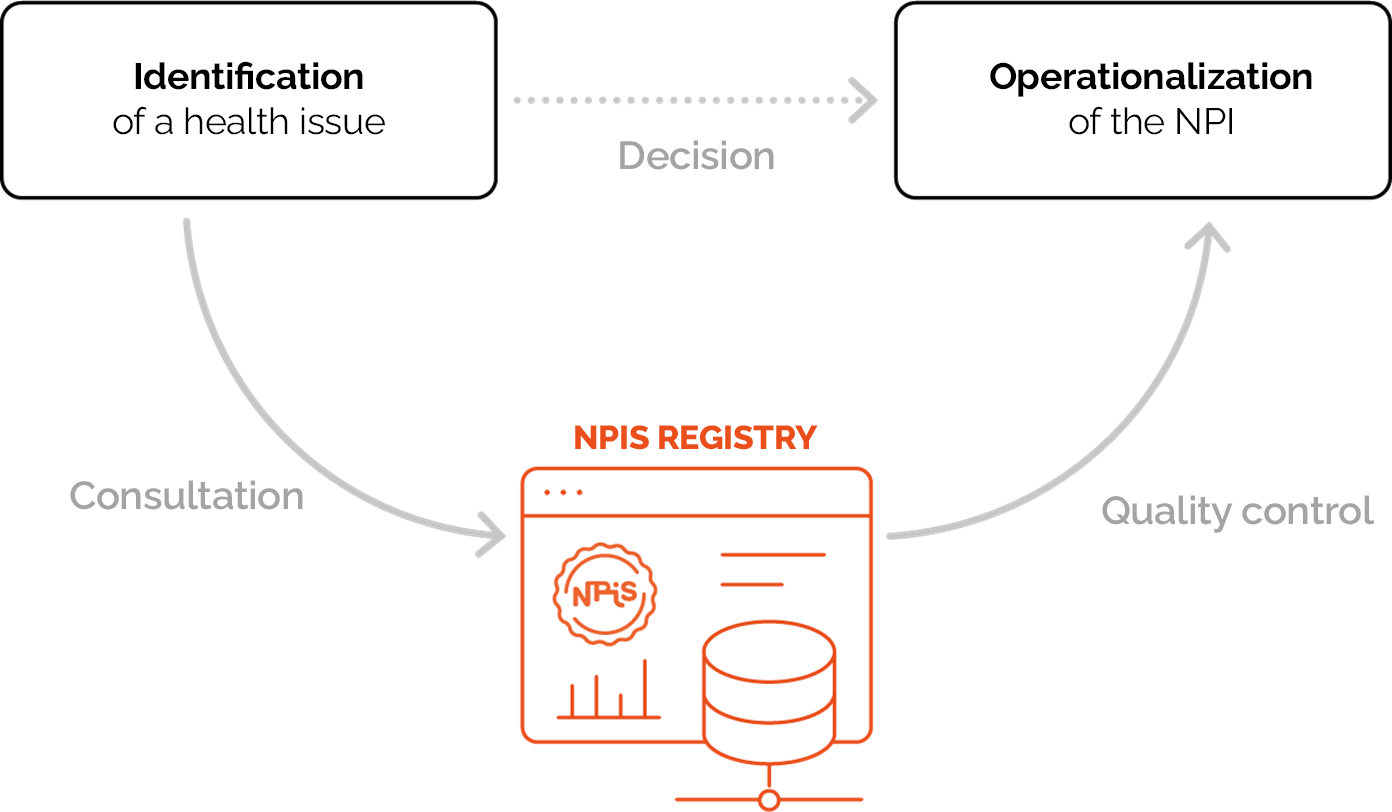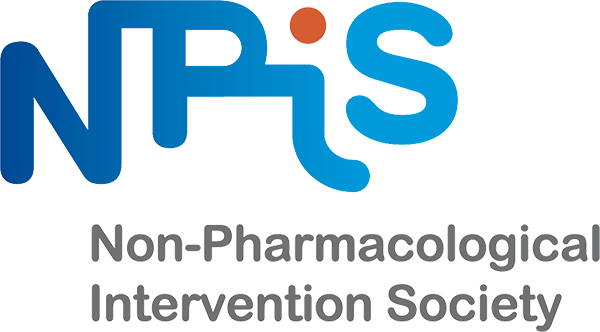What's an NPI ?
- The World Health Organization since 2003,
- The High Authority of Health since 2011,
- The National Solidarity Fund for Autonomy since 2014,
- The Ministry of Health since 2018,
- The High Council of Public Health since 2019,
- The European Centre for Disease Prevention and Control since 2020,
- The General Inspectorate of Social Affairs since 2022,
- Health Insurance since 2023,
have proposed to qualify Non-Pharmalogical Interventions (NPI) as methods targeted at a known health issue in Western medicine that are EXPLICABLE, EFFECTIVE, SAFE, and SUPERVISED by trained professionals. These physical, nutritional, and psychosocial practices complement other health solutions, the contours, benefits, and risks of which are clearly identified and defined, and are in no way a replacement for ongoing prescriptions. Today, they are one of the keys to prevention and to achieving the most efficient possible health and life pathway for everyone, throughout life.
What's the registry of NPI ?
The registry of NPI is responsible for cataloging protocol sheets for prevention and care, as well as the operating procedures for each NPI that has undergone scientific validation through collective expertise.
There are already relevant and complementary recommendations published by the High Authority of Health (HAS), the National Cancer Institute (INCa), etc. This catalog of NPI does not replace or introduce new therapies; rather, it provides a tool for operationalization to help you navigate the NPI validated by science to date, facilitate the daily work of prescribers, and support the allocation of public and private funding for the benefit of users. In this regard, we pursue a common objective with authorities, scientific societies, and patient associations that support us, while providing a missing tool in the value chain. This requires both great rigor in the expertise and publication process to ensure the integrity, safety, and timeliness of the information found in each sheet, and accessibility for all through ease of understanding of the content. This independent collective work carried out by the NPIS aims to publish NPI for all health issues as expertise progresses. Each sheet will be updated as scientific advances are made and feedback is received from users and practitioners.
In each sheet, you will find:
- Who it is aimed at and for which health issue
- The benefits and risks
- The mechanisms of action, what it consists of
- By which professional and under what conditions it is practiced
- ...
For each element, sources will be cited, and key terms will be explained through definitions found in the glossary.
Each sheet will be updated as scientific advances are made and feedback is received from users and practitioners.
The NPIS Registry: why ?
The NPIS Model standardized scientific framework is used to identify NPI that are explainable, effective, safe and reproducible, based on published studies. An independent, rigorous assessment process coordinated by the scientifc society NPIS and verifiable by all health authorities is based on this scientific framework, and labels proven solutions for prevention, care and autonomy. The NPI are thus integrated into a centralized, multilingual and shared repository, the NPIS Registry. Each NPI is codified, applicable, traceable and fundable. It is accessible to the general public and to professionals. Professionals benefit from the latest scientific findings on how to choose and implement an NPI in a healthcare context, and on strategies for adapting an NPI to an individual. Each user and each professional can make suggestions for improvement. This system makes upstream research more efficient and downstream feedback more exploitable. In this way, everyone contributes to the creation of a universal heritage of targeted, manualized, immaterial, personalized, secure and essential healthcare services for prevention, care and independent living. In this way, each human helps other specialized humans to better prevent, treat and empower.
Figure 1: Implementation of an NPI in a health territory, from needs assessment to its use.



